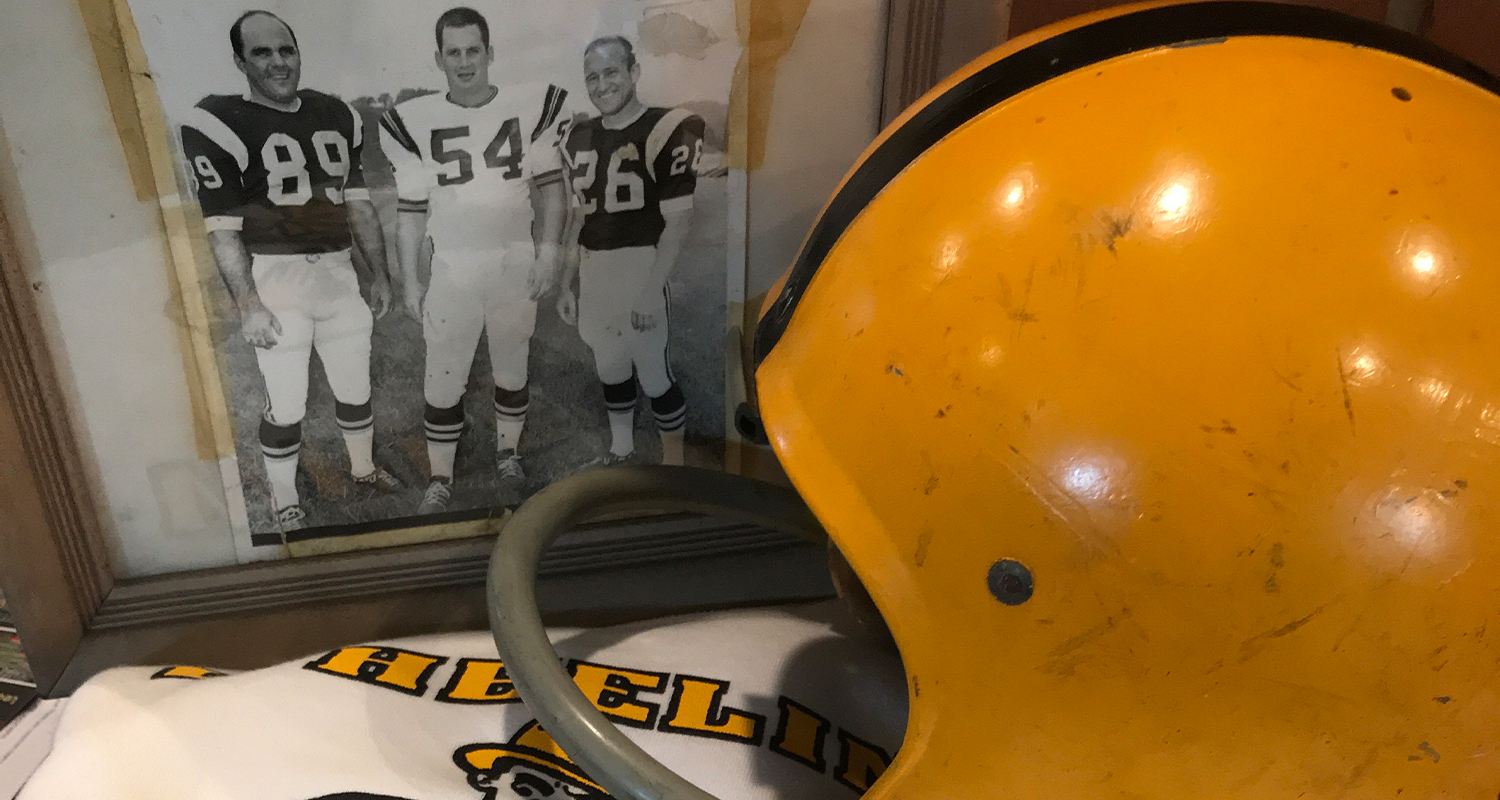It was a chance encounter.
A Columbus, OH attorney who had just launched a mid-west semi-professional football league came to Wheeling, WV for a federal court matter and saw Wheeling Island Stadium.
The stadium was officially dedicated for use by Wheeling High School in 1927 and could hold 10,000 cheering fans. By early 1962 it was being used by several local high school sporting teams, as well as other functions.
At the time, Mike Valan was the owner of a local construction and painting contract business. He had previously been an officer on the defunct Wheeling Blues semi-professional basketball team, which operated in the city from the late 1940s through the early 1950s.
The Columbus attorney was introduced to Valan and the two began the process of forming a new team for the United Football League.
Like any new endeavor, financial input and branding were crucial. Valan quickly gathered 15 other local business people at $1,000 a pop as investors. Stocks were sold to the public at $10 per share with a 100 share limit.
After securing the initial round of financing, Valan and a new general manager began the arduous process of naming the team and finding football talent.
Creating a Brand
At the time, it was common for semi-pro football teams to select name and color schemes similar to the closest local NFL/AFL team to help garner immediate brand recognition; Hence, The Wheeling Ironmen (an homage to the Pittsburgh Steelers). The name was chosen via a ‘name the team’ drive, with black and gold colored uniforms.
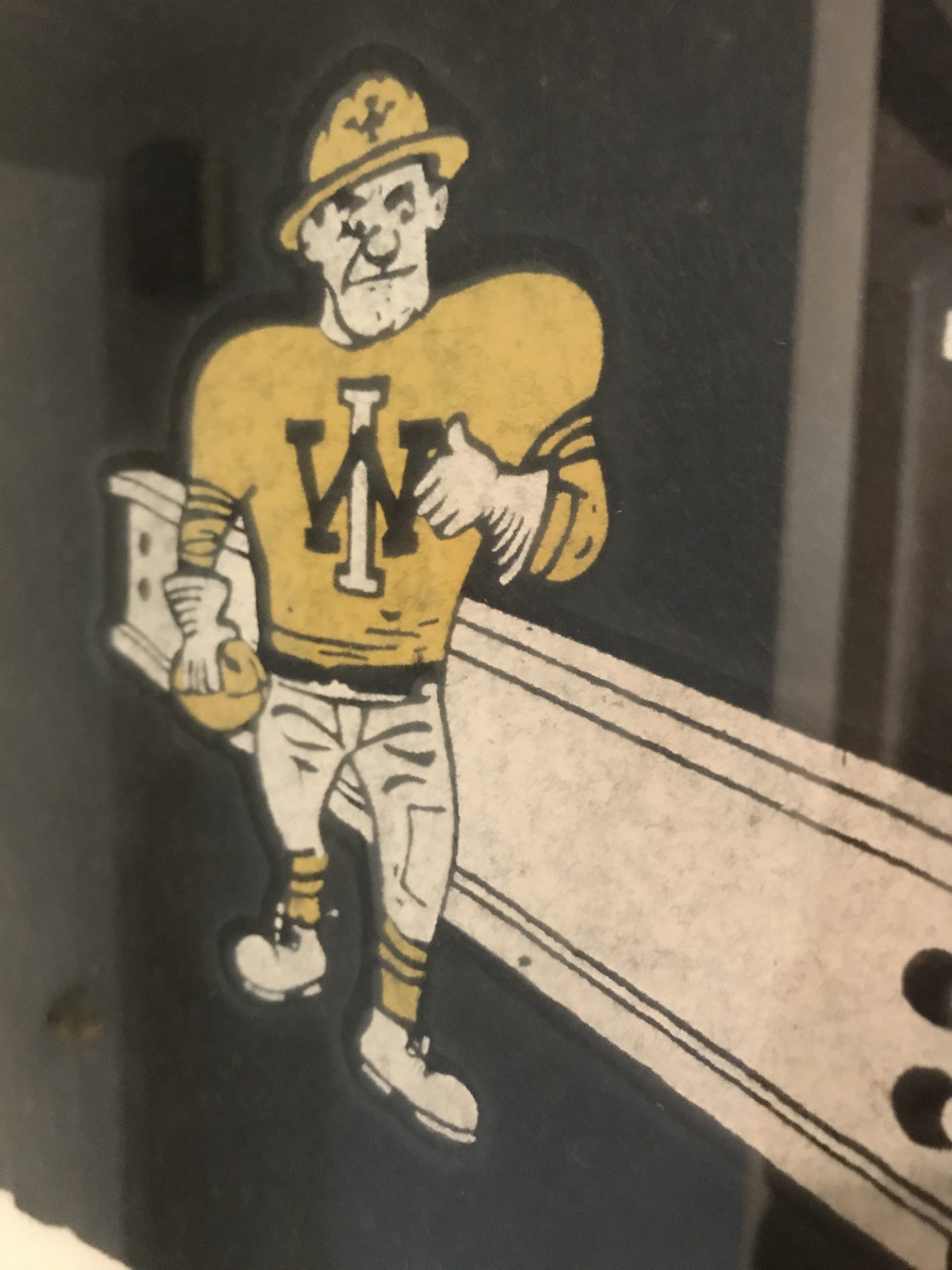
With a team name and branding secured, it was time to find a coach to lead this new team. Luckily, Tom Keane, a Belmont County Deputy Sheriff, had the credentials and was available to coach.
Keane, who grew up across the river in Bellaire, OH, had played high school football for the Linsly Military Institute (The Linsly School). He went on to play in college for WVU and Ohio State. When he wasn’t on the field, he served our country in the United States Navy during World War II.
If that wasn’t impressive enough, he was drafted and played four years for the Los Angeles Rams, where he was a member of the 1951 NFL Championship team. Keane continued his playing career with the Dallas Texans, Baltimore Colts, and Chicago Cardinals.
During his tenure as head coach for the Wheeling Ironmen, Keane would lead the team to league championships in their first two seasons in the United Football League.
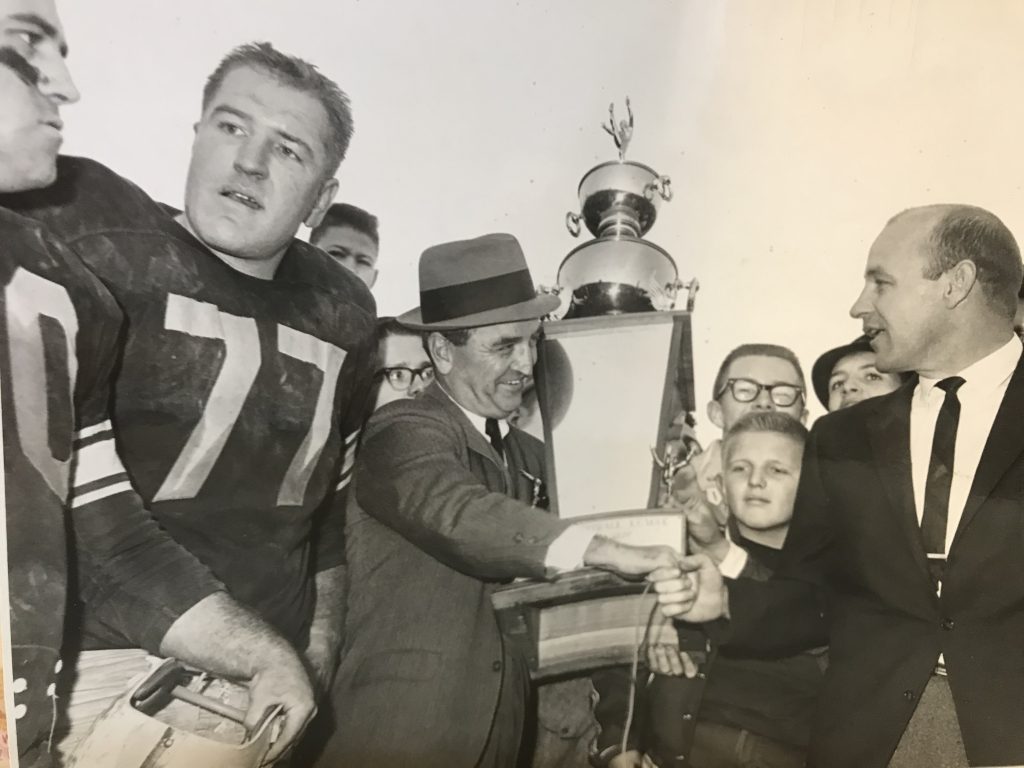
With a head coach determined, it was time to find Wheeling’s Ironmen.
Building the Team
The businessman in Valan knew that having a ‘local’ feel to the team was essential to this venture’s success. Practices, pre-season camps and scrimmages would be played at multiple locations throughout the Ohio Valley, including Moundsville, Yorkville, Bellaire and Martins Ferry. Over the years, numerous Ohio Valley high school players would go on to play for the Ironmen, including:
• Bob Dunlevy (1966 and 1967), Warwood High School and WVU graduate who was drafted by the Dallas Cowboys and Kansas City Chiefs.
• Willie Stinson (1964 and 1965), Steubenville High School and Oregon Tech graduate.
• Milt Clegg (1965 and 1966), Moundsville High School and WVU graduate.
• Ray Prantil (1965), St. Anthony’s Follansbee and West Liberty University graduate.
• Dan McGrew (1962-1965), Martins Ferry High School and Purdue graduate who was previously drafted by Detroit Lions in 1959.
• Kenny Holmes (1969), Warren Consolidated-Tiltonsville High School and West Liberty University graduate.
• Dennis Davis (1962-1964), Steubenville Catholic Central and Xavier graduate.
• Howard Linn (1962), a Steubenville High School and Pitt graduate.
- Clyde Thomas (1964-1969), a Bellaire and Ohio University graduate. Thomas also served in the US Army and was a Wheeling city councilman.
During those first few years, it was estimated that team expenditures were $100,000 per year but resulted in $150,000 in local economic influx. Valan and others would secure jobs for players in local industry or educational settings. Many of the men coached. Some, like Jake Olsavsky, Don Donatelli, Ivan Toncsic and Bob Jones would make the valley their long-term homes. In fact, Bob Jones, a native Nebraskan and draft selection of the Washington Football Team, went on to become a surgeon in Wheeling and would end up operating on several of his former teammates.
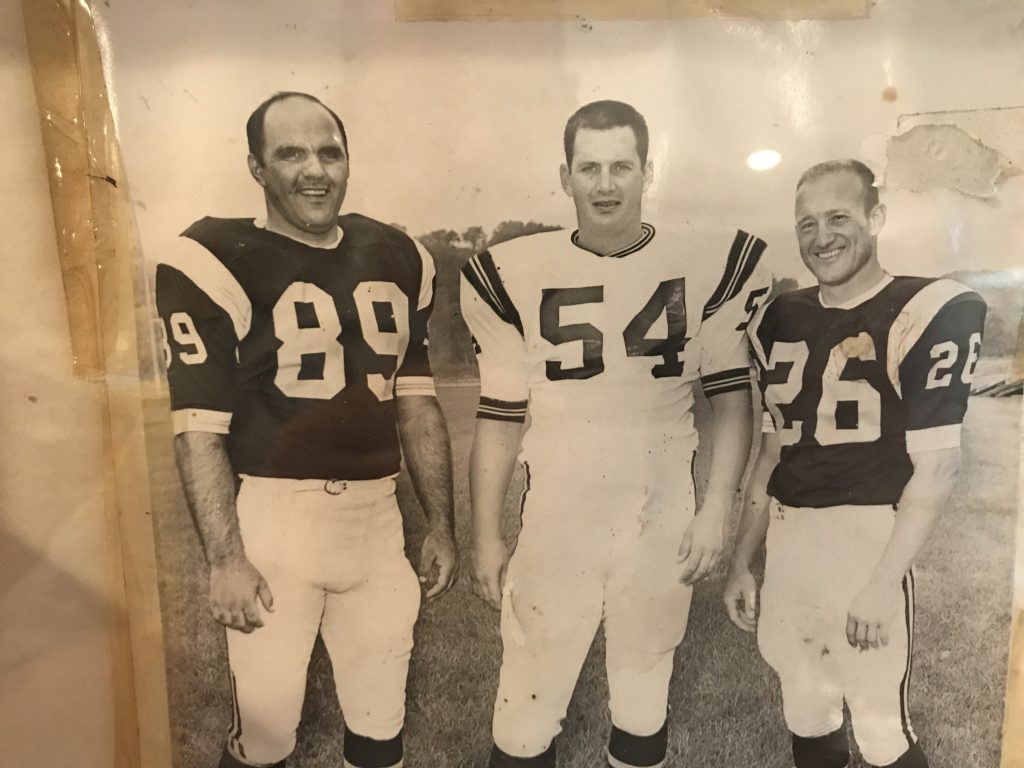
The Wheeling Ironmen would continue to bond the communities across the Ohio Valley for a total of eight seasons. By the third year, the UFL had been assimilated into the Continental Football League, leading to a name change to the Ohio Valley Ironmen for the 1968 and 1969 seasons.
Semi-Pro Football Fizzles in Wheeling
Ultimately, much like all other traditional professional football leagues in America, a series of forces converged eventually causing the demise of the beloved Ironmen and many other teams and conferences.
According to a treatise written by Professor Emeritus Dr. Arthur Barbeau, one main factor may have been the growth of the AFL/NFL. Despite signing numerous semi-pro players like Johnny Unitas, Ken Stabler, Otis Sistrunk and Sam Wyche during the 1966 season, they refused to treat the clubs as a farm system (and by proxy provide some financial assistance for the service). Their nationally-televised Sunday double-header games which corresponded to Ironmen game time on Sunday nights was possibly the death stroke. Burgeoning player salaries and other increasing team costs simply added to the bleeding.
There was no grandiose public statement or public outcry, according to Doug Huff, a veteran sports editor for the Wheeling Intelligencer who traveled with the team. “The Ironmen home games were a big social event at Wheeling Island Stadium back then,” said Huff. “There was no competition for fans on Sunday nights.”
Regardless, after the 1969 season, the Wheeling Ironmen were no more. All that lives on of this team remains in a small display at the OVAC museum inside WesBanco Arena and in the memories of a handful of remaining former players.
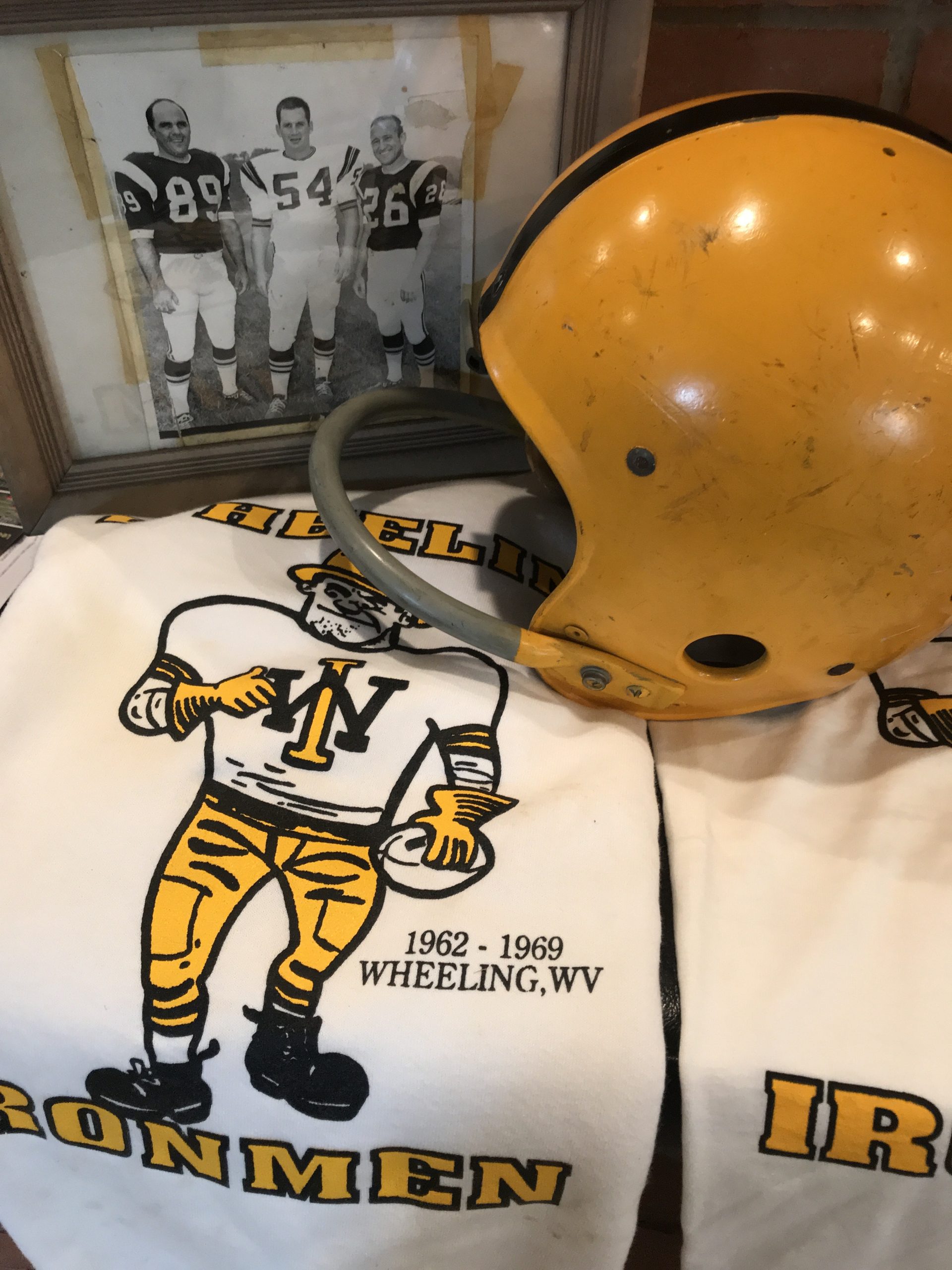
The Ironmen Legacy Lives On
Football was particularly rough in those days compared to how the sport is played today. Equipment was not as good and the rules were lax. Health benefits were typically non-existent, forcing players to maintain day jobs to care for themselves or their families. Pay per-game ranged from $50 to $200 per game (sometimes more for star quarterbacks), which was decent for the day but ultimately not sustainable. But this was also an era when men had a deep sense of personal pride and responsibility combined with a historically ingrained work ethic. They held jobs, raised families, participated in their communities, and were skilled athletes who put their bodies on the line to do what they loved.
After speaking with many former Ironmen players who are still living, many recount that their most important contributions were not the interceptions, yardage, tackles or touchdowns, but the victories won in the minds of the countless fans, athletes, and students that so many of these men influenced in their lives after.
• Rich Wooding has been a Correctional Officer with the State of Ohio/Belmont Correctional Institution for more than 25 years. He received a Bachelor’s Degree in Mass Communication and Journalism with a minor in Philosophy from Lock Haven University of Pennsylvania in 1993. He is a U.S. Navy veteran, serving from 1985-89.


